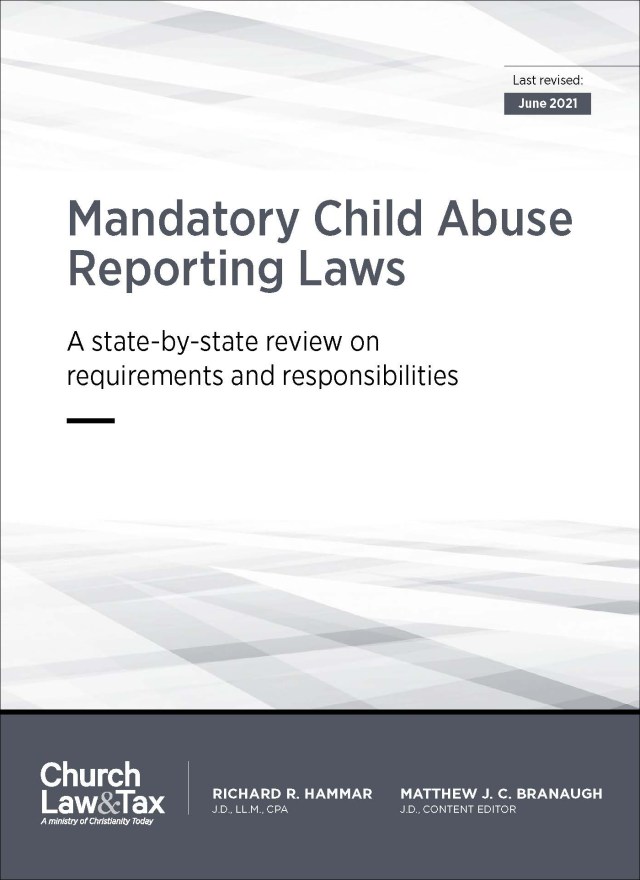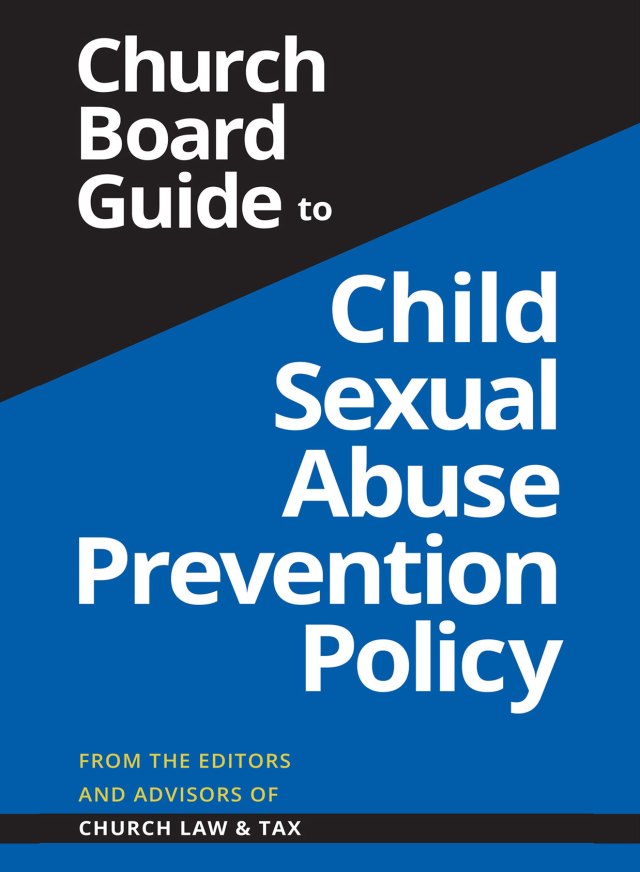Key point 4-11.1. Clergy who engage in sexual contact with an adult or minor are subject to civil liability on the basis of several legal theories. They also are subject to criminal liability.
A Virginia court affirmed a six-year prison sentence for a youth pastor who had engaged in “sexting” with a member of his youth group.
A 14-year-old girl (the “victim”) sought out the youth pastor (the “defendant”) of her church for counseling. The two began to communicate via text message and later through Snapchat, an image messaging mobile phone application in which a user can send a photograph or text message with a set time to expire. The receiving user can only view the text message or photograph for one to ten seconds before the image or text message expires and is automatically deleted from the mobile phone. Via Snapchat, the victim sent the defendant a nude picture of her upper body, and in return, the defendant sent her a nude picture of himself. They also sent each other videos in which the defendant was nude and the victim’s upper body was nude, and engaged in numerous email conversations.
The relationship eventually came to light and the defendant was prosecuted and convicted, after a jury trial, for using a computer to solicit a minor and taking indecent liberties with a child. He received a sentence of six years of incarceration. The defendant appealed his conviction claiming that there was no physical evidence of guilt. The victim testified that she had received the photographs via Snapchat, and that at the time she and the defendant were exchanging Snapchat messages, the application deleted photographs shortly after they were sent and they could not be saved. As a result, because the pictures were sent with Snapchat, the photographs she saw in court were not actually the pictures that were sent, but were just “similar.” She further testified that the pictures introduced in evidence at the defendant’s trial were a fair and accurate representation of the pictures sent to her. The trial court admitted the photographs, noting that the victim had affirmed that the pictures were a fair and accurate representation of the photographs sent to her by the defendant. A state appeals court affirmed the defendant’s conviction.
What this Means for churches
In many states the transmission of sexually explicit text messages (“sexting”) via a cellphone or other electronic device constitutes a crime. Several courts have addressed the issue of criminal liability of pastors for engaging in sexting. Consider the following examples:
EXAMPLE A pastor was convicted of several sexual offenses involving his sexual solicitation and molestation of a minor, and sentenced to a minimum prison term of 186 years. One of his offenses was “contributing to delinquency of a minor,” which was based in part on several sexually explicit text messages (“sexting”) that the pastor sent to the minor on his cellphone. 2010 WL 10409 (N.C. App. 2010).
EXAMPLE A youth pastor (the “defendant”) was sentenced to five years in a state prison as a result of various sexual offenses with a minor female (the “victim”). The victim had sought out the defendant for counseling as a result of her depression and suicidal thoughts that stemmed from an incident of sexual abuse which occurred when she was 9 or 10 years old. A sheriff came upon the defendant and victim parked off a gravel road in a rural area at night. The defendant claimed he was parked in a remote area because he was trying to get a signal on his cellphone. The sheriff told him “it wasn’t smart to be out on a gravel road parked like that with a youth in his vehicle,” and he told him to “use his head.”
The sheriff later informed the victim’s father about what he had seen, and the father instructed the defendant to have no further contact with his daughter by cellphone or text message. A few weeks later the sheriff again came across the defendant and the victim in a car parked along a secluded farm road. The defendant claimed that he was counseling the victim regarding an incident of sexual abuse that had occurred several years earlier. The sheriff again informed the victim’s parents.
The defendant was later charged with several sex offenses. An investigation by the sheriff’s office uncovered text messages between him and the victim containing strong sexual content. His cellphone contained a partially nude image of the victim, and he sent a partially nude image of himself to the victim via a text message. This evidence was used in prosecuting the defendant for violating a state law making it a criminal offense for the sexual exploitation of a counselee by a counselor. The court found that the defendant, as a youth counselor engaged in counseling the victim, was a “counselor” and it sentenced him to a prison term of five years. State v. Duvall, 776 N.W.2d 301 (Iowa App. 2009).
EXAMPLE A court used sexually explicit text messages between a youth pastor and a female member of the youth group to corroborate her account of sexual exploitation. The court sentenced the pastor to a prison sentence of four years to life. 2009 WL 1476934 (Colo. App. 2009).
EXAMPLE A youth pastor (the “defendant”) sent several sexually explicit emails to a female adolescent in the church’s youth group. The victim told her mother about the emails. After reviewing the messages, the mother contacted the police. A police officer questioned the defendant about the emails. The defendant admitted that he sent the emails and expressed deep remorse for his actions. In the transcript of this conversation, the defendant stated that he had made “a very, very poor decision to engage in these email conversations with her, uh, and allowed myself to get caught up in things of a sexual nature.” The state charged the defendant with six counts of communicating with a minor for immoral purposes under a state law making it a class C felony for a person to communicate with a minor for immoral purposes through electronic communication. At trial, the defendant testified that he did not remember sending any of the emails. The jury didn’t believe him, and found him guilty on all six counts. The trial court sentenced the defendant as a class C felon to the statutory maximum of five years per count. State v. Haack, 2010 WL 4216705 (Wash. App. 2010).
EXAMPLE A volunteer youth leader (the “defendant”) in a local church was sentenced to eight years in prison on each of two counts of sexual assault in the first degree and contributing to the delinquency of a minor. At trial, the defendant’s former husband testified that he suspected his wife of having an affair. He set up surveillance in his house and then left for the weekend. When he returned and retrieved the hidden device, he watched the videotaped recording of his wife and a 17-year-old male consuming alcohol and having sexual relations. He gave the police this recording, which led to the defendant’s arrest and prosecution. Among the several items of evidence introduced at trial by the prosecution were several sexually explicit text messages from the defendant that the mother of one of the victims found on her son’s cellphone. Cluck v. State, 2009 WL 1362863 (Ark. App. 2009).
Any social media contacts (e.g., email, Facebook, photo sharing) between adult youth workers and minors are inappropriate. Such communications should be banned. Any need to communicate with minors should be done through their parents. When social media communications evolve into “sexting,” this can expose the adult participant to felony criminal liability. Hillman v. Commonwealth, 811 S.E.2d 853 (Va. App. 2018).

